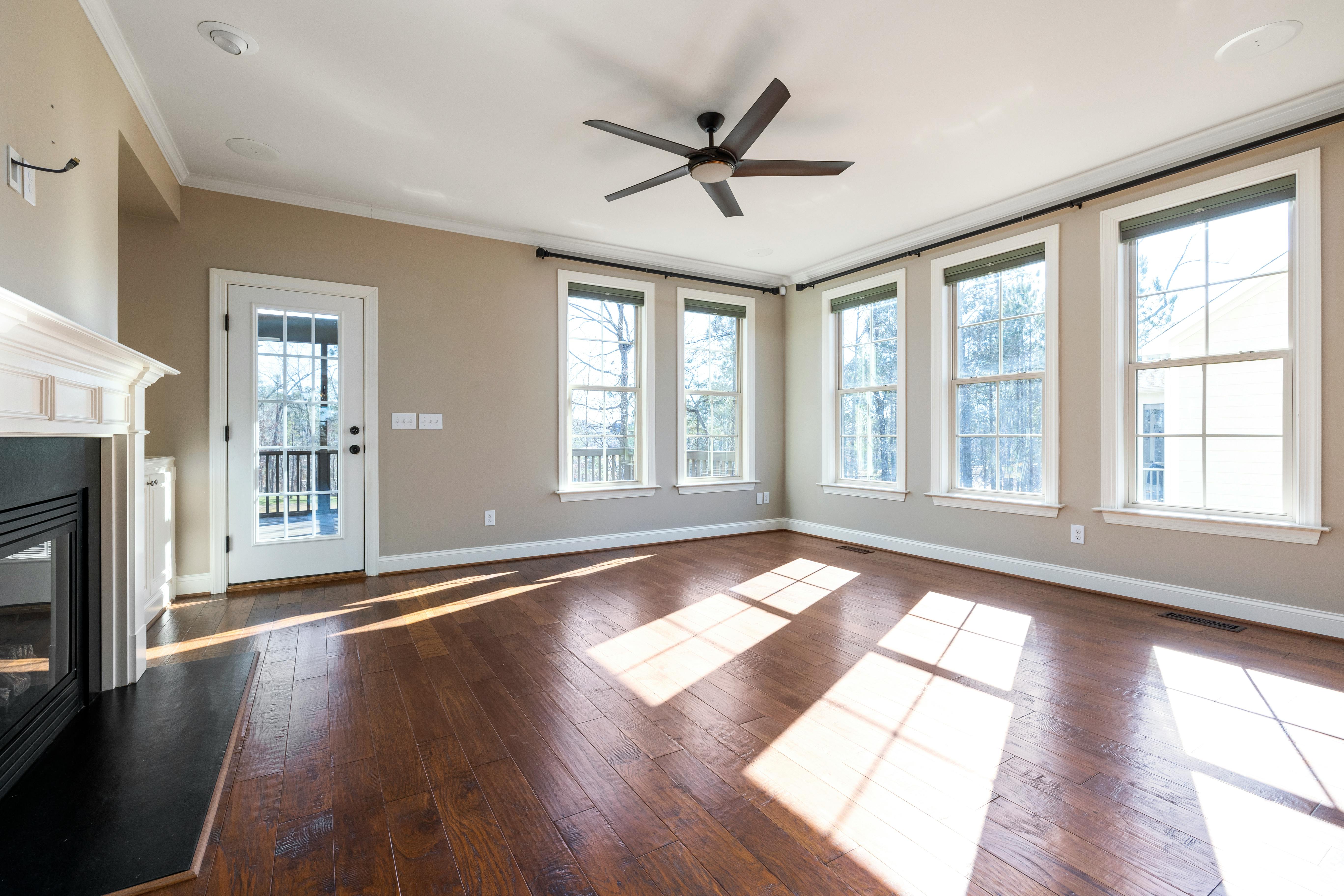Made in China. If you are a consumer anywhere in the world, you will have seen this label on thousands of different products. For many consumers, this label can mean that the product they buy is going to be priced lower than a regional item of the same type.
To others, the name implies sweatshops, cheap labor, shoddy workmanship, and greedy retailers. Most of us have something in our homes or in our closets made in China.
The country of China produces just about any type of merchandise you can imagine; including dance shoes for all genres of performing arts. One of those performing arts is ballet.
The most important accessory for a professional ballet dancer is her pointe shoes. Because pointe shoes wear out quickly, the cheaper models are incredibly tempting to try on.
Pointe shoes are expensive for a reason
The skills of a professional shoemaker cost money. It is usually a generational skill that requires decades of experience to perfect. The best pointe shoes come from manufacturers that use shoemakers who take pride at your job.
Lasts or shapes are expensive as are labor costs. Pointe shoes made in the traditional way using hand gluing and turning require critical attention to detail. Successful manufacturers understand what a dancer needs and wants from her shoe in terms of support, ease of fit, beautiful lines and comfort.
How cheap is too cheap when it comes to pointe shoe construction?
Few manufacturers are going to share where they get their materials from. Many use satin from one country, thread from another, leather from another, and so on. If a pair of dance shoes only cost ten dollars when comparable products cost ten times as much, you have to worry about the quality of the materials used.
The pros and cons of cheap pointe shoes from China
The professionals:
- Good for decorating and arts/crafts projects.
- An option for collectors or curious.
The cons:
- A generic form is not practical for all foot types that dancers have.
- Cheap prices are passed on to the consumer due to cheap materials used and low-cost labor.
- A dancer will never really save money; shoes will wear out quickly.
- Shoes will not have adequate support.
- Aesthetics can be a nightmare with off-brand pointe shoes.
Professional footwear options cover a small range of brands
Professional theaters spend thousands upon thousands of dollars each year supplying shoes for their corps members. However, you never see a top-tier academy skimping on expensive brands or buying cheaper no-name versions from China.
It is usually the opposite. They make sure that their principal dancers, soloists, and corps members have the best quality shoes for dancing. This includes custom made shoes for a perfect fit. The shoes are chosen from a few elite brands known around the world for their quality, support, aesthetics, and custom design features.
A professional dancer can become very selective about her shoemaker. Impeccable fit is number one for an art as physical as pointe work. Having shoes designed specifically for your foot’s unique shape by the same manufacturer ensures consistency of fit and function.
The odds of a low-cost, mass-produced shoe gaining popularity with dancers
Certainly, this article is not intended to criticize the authentic Chinese brands of pointe shoes made by reputable companies known for their quality dancewear.
Inexpensive models found online across global markets and sold without a brand name are buyer beware products are not affiliated with professional schools, ballet training academies or dance theaters.
Cheap and discounted pointe shoes of questionable origin are never recommended by the ballet elite. They can be tried by students on a budget, but never an option for a professional.
With the advent of the Internet and global competition for business, China has sought to fill the dancewear market with low-cost ballet shoe alternatives. However, professional ballet training demands high standards of construction when it comes to pointe shoe design. Quality products cost money.
If high-quality pointe shoes only last a dancer one performance, a cheap alternative will never take their place.
